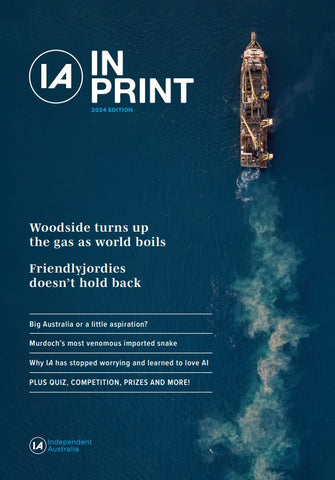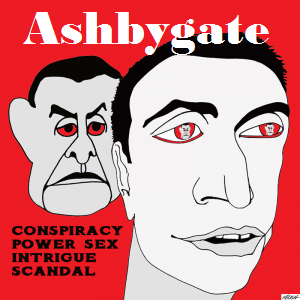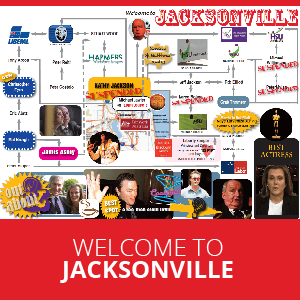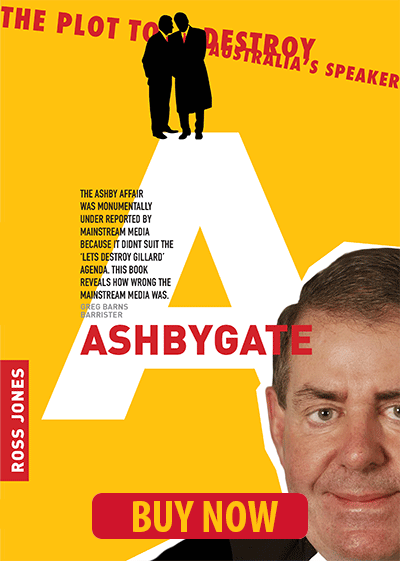When governments refuse to act, it has always fallen to workers and communities to halt Australia’s trade in blood, writes Davey Heller.
THE IMAGES of almost unimaginable Zionist brutality in Gaza have shocked people globally.
However, long before the internet, the world was confronted by newspaper articles and newsreels revealing the horror of another genocide when the Japanese invaded China, particularly the Nanjing Massacre, where 300,000 people were slaughtered in just six weeks.
Just as today, international bodies like the League of Nations were impotent. The Australian Government refused to halt trade with Japan, its second biggest trading partner. The industrial powerhouse BHP was profiting from sending “pig iron” (a crude form of iron used in making steel) to Japan to be used in its war machine.
The unions respond
The only social force consistently opposing fascist Japan’s violence was the working class. The Australian Council of Trade Unions (ACTU) initially took the same stance as it has on Gaza today. The ACTU supported consumer boycotts and called on the Government to sanction Japan.
The ACTU was nervous that direct work bans would provoke the use of anti-strike laws. It was not until rank-and-file dock workers passed motions to place work bans on pig iron and other goods in late 1938 that the ACTU shifted its position to support them.
The first effective action came on 15 November 1938 when the SS Dalfram docked at Port Kembla in NSW and Ted Roach, the Communist Party leader of the local Waterside Workers Federation (WWF) branch, heard that a ship to be loaded with pig iron was destined for Kobe in Japan. The 180 wharfies immediately voted against loading the iron.

Roach recalled:
“I just walked up on deck and I said ‘Righto, boys, it’s going to Kobe’. To a man, everyone stopped, and they marched straight off the bloody ship. Hey, we had no idea we were making history.”
The employer's response was ruthless. BHP demanded the Dalfram be unloaded before any other ships, turning the work ban into a lockout and leaving the men without income.
A 24-hour picket was set up at the docks and crucially, the Federated Ironworkers Association, the Shunters’ Union, the Federated Engine Drivers and Firemen’s Association, the Australian Workers’ Union and the Railways Union all pledged not to handle the pig iron, stopping the cargo from being shifted to another port.
If the solidarity campaign of the Port Kembla dock workers had not received broad support, the dispute would have ended within days. Local small businesses donated goods and allowed purchasing on credit. The wives of the men worked tirelessly in support. Dance nights, radio ads and collections at the racetracks and pubs were organised.
Not just unions but also lawyers and academics sent money to the strike fund. Thousands of local steelworkers sent part of their weekly wages, at a time when money was tight.
Grateful members of the Australian Chinese community, many whom worked in the Sydney market gardens, organised truckloads of produce to feed the workers.
Attempts to sail the ship were foiled by the crew of the Dalfram, which included men from Yemen, Myanmar, India and Britain. The day after the wharfies walked off, the crew went on strike. Their wages were withheld, they were locked on the ship and the head seaman, Mohamed Ghoulah, was even briefly sent to an asylum. The crew eventually escaped and were sheltered by the local community.

The trade union leadership and ALP response
Just like the ACTU, the national leadership of the WWF was nervous that bans would result in the invoking of the Transport Workers Act, which had almost destroyed the dockworkers union in earlier strikes. Initially, they pressured the men to return to work, but when the South Coast branch wouldn't budge, they backed the strike.
Whilst local Labor Party members and branches were supportive, the Opposition Leader, John Curtin, told them that even if the ALP was in power, they would still have to load the pig iron.
Police repression, anti-strike laws and company retaliation
The Dalfram’s crew were hounded by police. Two Indian crew members were imprisoned for six months as “illegal immigrants” after failing the dictation test given to them in German.
Police harassed those out of work and beat up some picketers. The local Labor Trades Council was burgled, with documents relating to the dispute stolen. The state repression extended to trying to crush solidarity in Sydney. Police censors cut the cable to the 2KY radio station owned by the NSW Labor Council.
A play called War on the Waterfront, which was raising strike funds, was shut down by police in front of 200 people in Sydney Domain.
And then – as had been feared – the federal Trade Minister (none other than Robert Menzies) invoked the Transport Workers Act.
BHP laid off all 3,500 workers at the Port Kembla Steel mills just three days before Christmas, citing the ongoing shutdown on the docks. This not only exponentially increased the number of people out of work but also removed financial support for the strike. Banks began foreclosing on the houses of workers, but still the resolve of the striking men was unbroken.

The dispute ends — and so do iron exports
The Government was increasingly frantic. The workers had successfully turned the issue of the continued pig iron trade into a national issue.
Menzies travelled to Wollongong in early January to convince the workers to go back to work, but was instead met by a massive protest. It was at this time that Menzies earned the nickname “Pig Iron Bob”.
By now, Menzies was prepared to both review the iron trade with Japan and abolish the Transport Workers Act. Roach took this offer back to the South Coast branch, which still rejected loading the Dalfram. Enraged, Menzies gave the workers a 24-hour ultimatum: accept the deal or the Government would use force to bring in scabs. The wharfies, “under protest”, finally agreed to load the Dalfram.
Despite the men’s disappointment at having to load the ship, the dispute resulted in a great victory — no more pig iron went to Japan other than completing existing contracts and the Transport Workers Act was abolished nationally.
Lessons for today
Some argue that work bans against the Japanese invasion of China or Apartheid South Africa could not be repeated due to harsh anti-strike laws. Anti-secondary boycotts and political strike laws today are certainly draconian, and both unions and individual workers face harsh penalties.
However, the Dalfram Dispute shows that such actions have always faced harsh repression and can actually overthrow undemocratic anti-strike laws. Does anyone seriously doubt that if a crucial section of the working class, like dock workers, were to act today against the genocide in Gaza, they would not be widely supported?
Of course, today’s union leadership, allied closely with the Federal Labor Government, would undermine such a struggle, but as we saw in Port Kembla in 1938, with discipline and audacity, such opposition can be overcome.
Davey Heller is a writer and campaigner. You can follow him on Twitter @socialist_davey.
 This work is licensed under a Creative Commons Attribution-NonCommercial-NoDerivs 3.0 Australia License
This work is licensed under a Creative Commons Attribution-NonCommercial-NoDerivs 3.0 Australia License
Support independent journalism Subscribe to IA.

Related Articles
- Gaza’s children bear the hidden cost of war
- Palestinian women bear brunt of Gaza war while leading community resilience
- UN intervention essential to stop Gaza genocide and establish peace
- Gaza's past preserved as present is destroyed
- The war on truth: How Israel is silencing Gaza’s journalists











